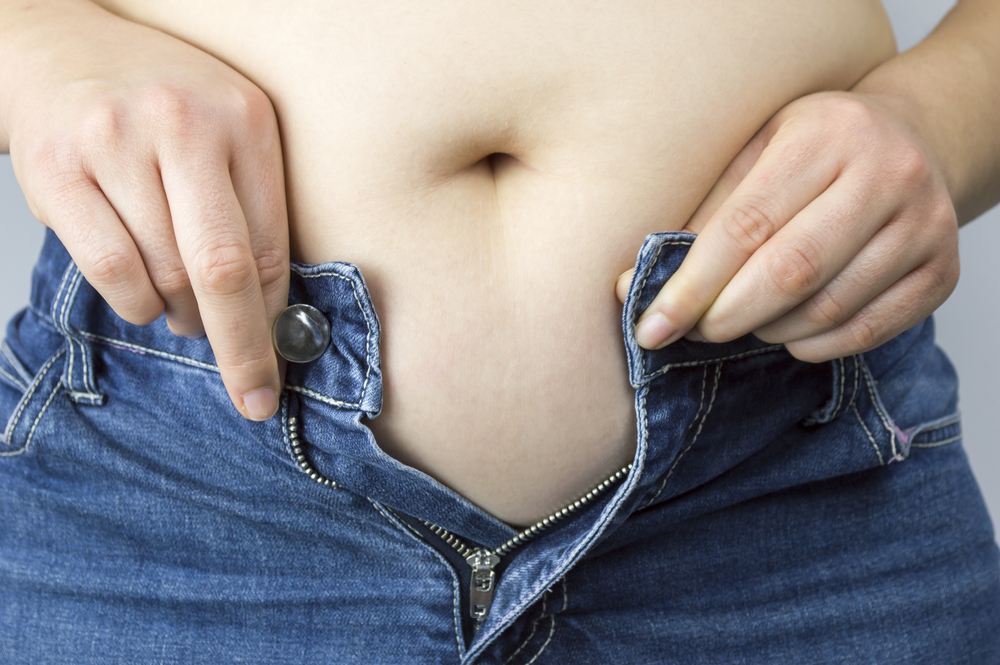
CoolSculpting is a revolutionary non-surgical treatment that eliminates unwanted and excess fat from specific areas of the body, and it’s easy to see why it’s so popular. After all, who wouldn’t want to spot treat stubborn pockets of fat in the abdomen, hips, or thighs?
CoolSculpting is the safest and most proven technology for non-surgically contouring the body, but you must be the right candidate to see great results. The ideal CoolSculpting candidates have these five things in common.
Candidates Have at Least an Inch of Pinchable Subcutaneous Fat
CoolSculpting works by targeting stubborn, pinchable fat that lies above the muscle wall. For fat to be successfully removed by the CoolSculpting suction or non-suction hand pieces, the fat must be subcutaneous and not visceral fat.
Subcutaneous fat is also called pinchable fat and is found in areas like the love hands and the upper arm areas. This type of fat is jiggly fat directly under the skin. Subcutaneous fat is difficult to spot treat, even with diet and exercise. It’s also important to note that while this type of fat can be frustrating, it’s not harmful to the body.
Visceral Fat is found below the muscle wall, typically in the abdominal cavity surrounding organs. This type of fat can be considered dangerous and linked to more health issues. CoolSculpting is not a safe or effective treatment for visceral fat.
Candidates Are Close To Their Ideal BMI
CoolSculpting is not a weight-loss treatment. The FDA has cleared the treatment for most body areas for those who have a BMI score below 30, except for the double chin area where the BMI score must be below 43. If you have a BMI above 30 and are happy with your current weight, but you’re looking to target a trouble area, CoolSculpting is still an option. The bra line, upper arms, love handles, and double chin are ideal treatment areas for CoolSculpting so long as you have realistic expectations.
Candidates Are In Good Overall Health
CoolSculpting isn’t surgery and typically has fewer risks and a much shorter recovery time than surgery; however, it is still a medical procedure. It’s always recommended that anyone undergoing medical treatment is in good overall health. There are some potential risks and side effects after treatment. These include nerve pain and bruising. The healthier your body is before CoolSculpting, the less likely you will experience side effects. Let your CoolSculpting provider know about any chronic conditions you have or about any other health-related concerns during your consultation appointment to reduce your risk of experiencing potential side effects.
They Already Know CoolSculpting Isn’t a Weight Loss Treatment
Patients considering CoolSculpting should have realistic expectations for their results. CoolSculpting is not designed to be a weight-loss tool or significant fat removal method. Ideal CoolSculpting candidates should be at or near their ideal weight before undergoing the treatment.
For some patients, a single CoolSculpting session is enough to produce the results they are hoping for, while others may require 2 – 4 sessions to achieve their ideal outcome. Keep in mind, while you will likely notice an improvement after a few weeks, the ultimate results of CoolSculpting may not be visible for several months after your final treatment session.
They’re Looking For Long-Lasting Results
Once the fat cells are destroyed through cryolipolysis, they will not return. Technically, this means the results of CoolSculpting can be considered long-lasting and even permanent. However, CoolSculpting patients must understand that the body can generate new fat cells over time while neighboring fat cells can enlarge. Factors like weight gain, pregnancy, or aging can enlarge existing fat cells. For this reason, patients must maintain a healthy, stable weight to preserve their CoolSculpting results for as long as possible.
